Today is Emanuel Syndrome Awareness Day it’s the day in the year that those of us with or who love, raise and care for family members with Emanuel Syndrome tell people all about it and that’s what I’m going to do. We celbrat Emanuel Syndrome Awareness day on the 22nd November because the syndrome affects chromosomes 11 and 22. People with Emanuel Syndrome often don’t use spoken words to communicate and develop and learn lots of other ways to get their message across and connect with other people.
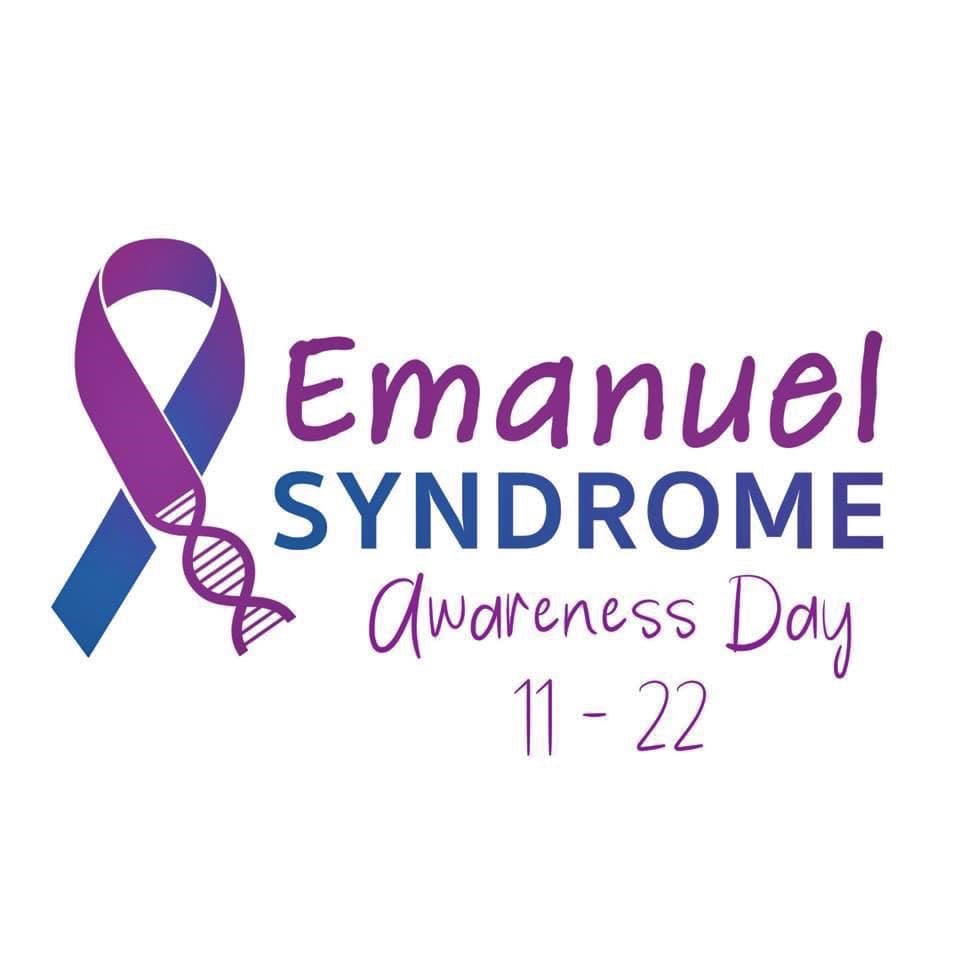
I initially started out with the plan of writing specifically about AAC communication tools like symbol pages and electronic devices and Emanuel Syndrome but I quickly realised two things. We don’t really know enough to make any general statements about AAC tools like this to begin with and they don’t represent the way the majority of people with Emanuel Syndrome communicate.
I asked in our wonderful international facebook group about the ways in which people communicate most spontaneously and naturally and this pie chart shows what they shared.
This pie chart shows the responses of 101 people who used a facebook poll about how their children communicate. I’d guess that the figure for ‘sounds might have been even higher if Id remembered to include it in the first place. Thanks to the group memebr who added it in!
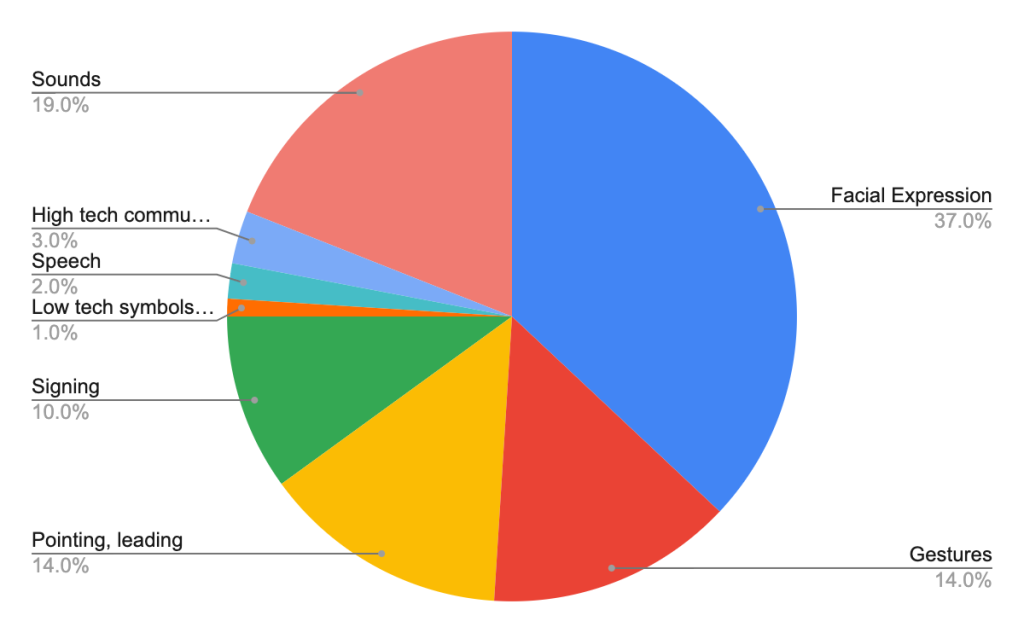
So for people with Emanuel Syndrome it looks like the top two means of communication are facial expressions and sounds.
That is totally in line with what I see and heat from Lucy every day. I asked some other parents to share photos of what this looked like for their children. These photos illustrate wonderfully how children with Emanuel Syndrome can convey 100% of their meaning with a look. Check out these facial expressions.
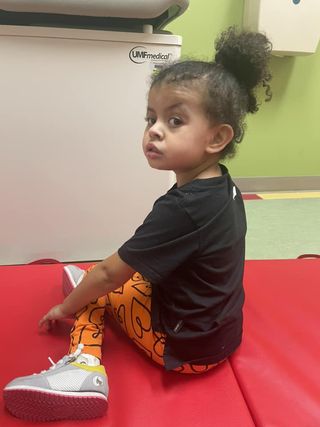
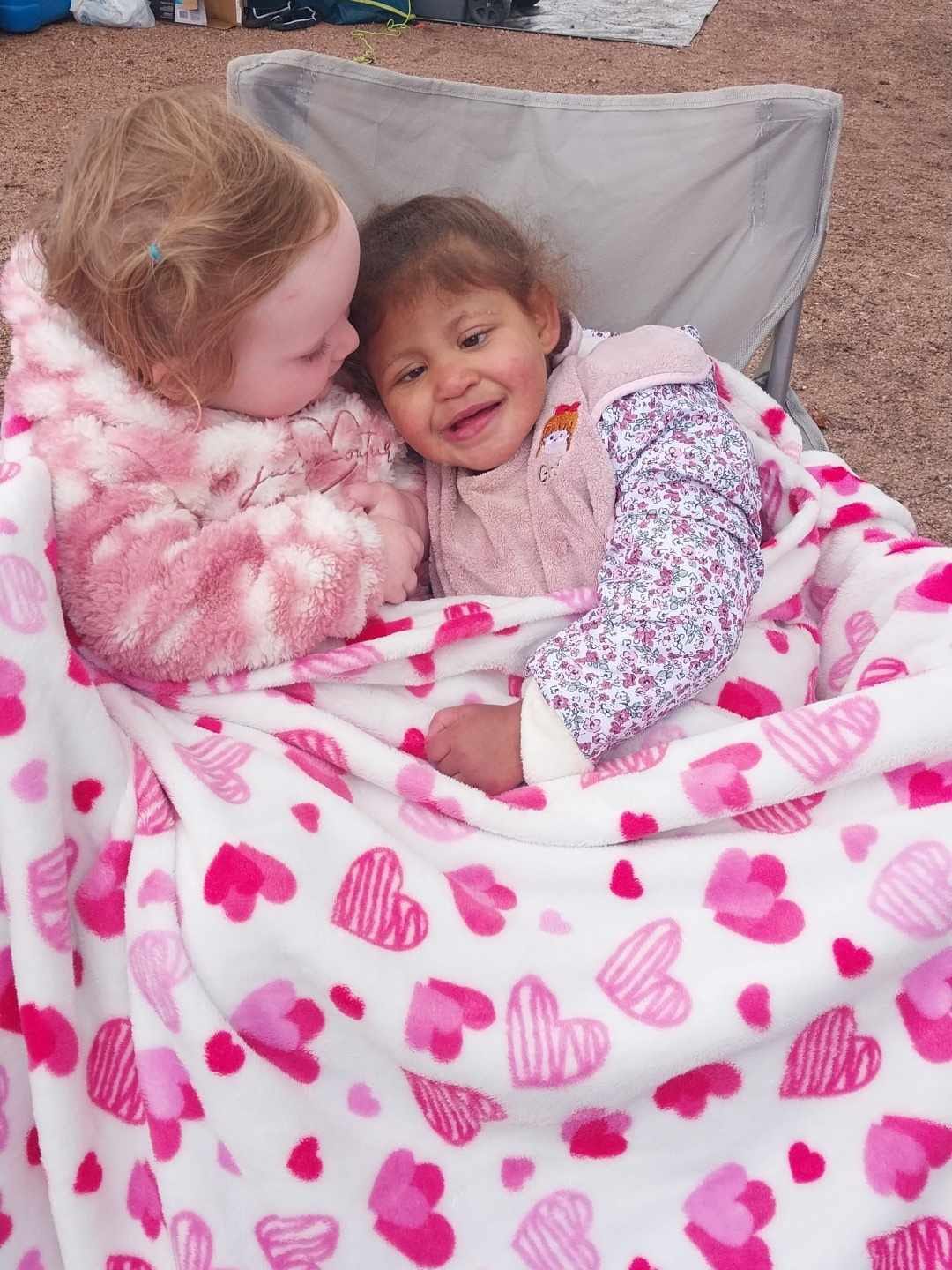
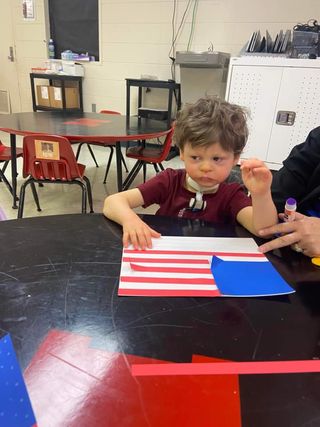
Hard to convey in a blog that’s just words and pictures but loads of families talked about making sounds or vocalisations. Hands down my absolute favourite illustration of this was this image. April is using her hands to cover the stoma from her tracheostomy so that she can make a noise and show how excited she its! (Also that cap!!)
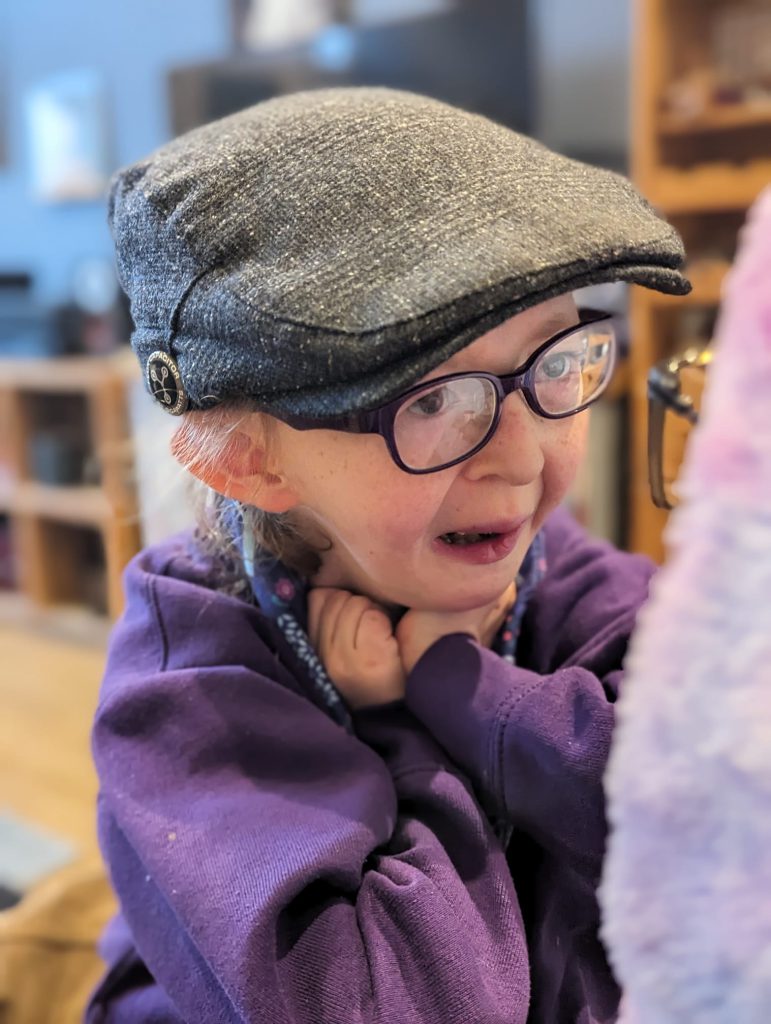
Loads of people talked about success with signing which was great. Signing can be considered form of AAC, especially when people use it to sign key words.
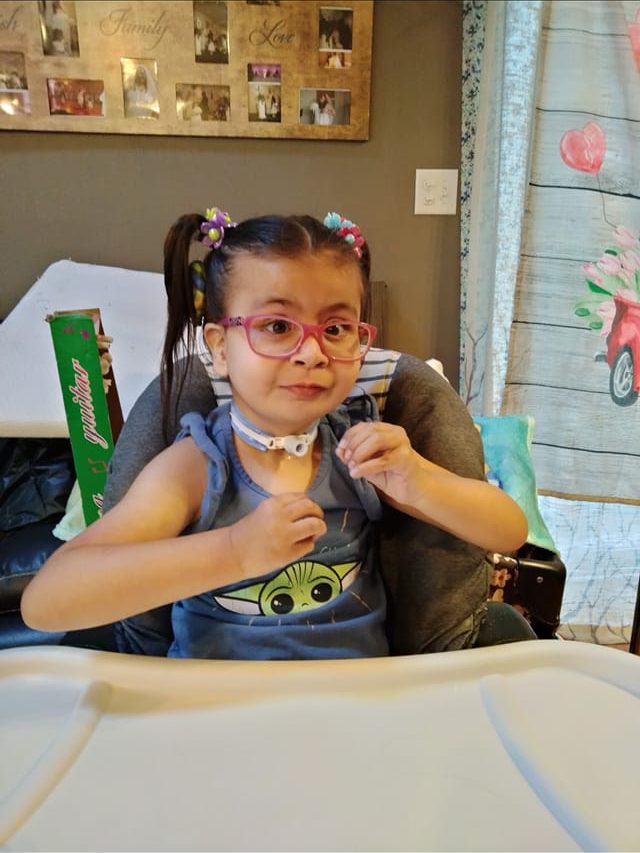
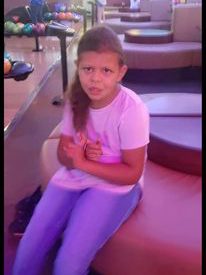
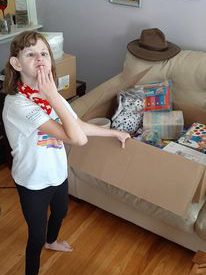
Often when we think about AAC we think about symbols and high tech devices. The chart above shows that this is not the method of communication used by most people with Emanuel Syndrome to get their message across. Even for people with a formal sign or symbol system of some kind it is not usually their first ‘go to’ communication method.
A few families have been introduced to paper or powered symbol AAC systems. The feeling I got from reading the stories was that for every family who found it a good fit and who were having success there were as many who had found that they did not continue with it. This was sometimes because their child had actively pushed away the device or not showed interest. For some limitations of access, e.g. not being able to isolate a finger and point to symbols proved to be the reason it wasn’t a good fit. What came across from all these families though was that their children communicate really well.
‘she hates it and refuses to use it’
For families who talked about using symbol or powered AAC there were a few families who were exploring different access methods such as eye gaze. Some used a combination of methods like touch and eye gaze.
She rocked her eye gaze “test” at school so we’re all just so excited to see how it goes!
Kids who do use paper or powered AAC have shown great skills and are able to manage lots of buttons on a page when they can manage an access method that suits them or learn a new skill like finger isolation to be able to access. Tools like a ‘key guard’ to help hit the right spot can also help;m
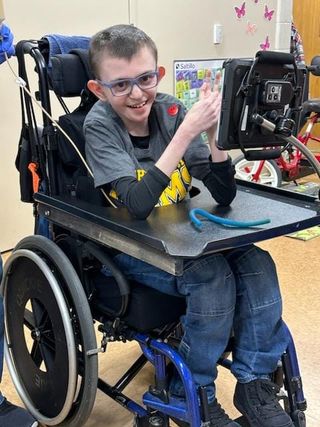
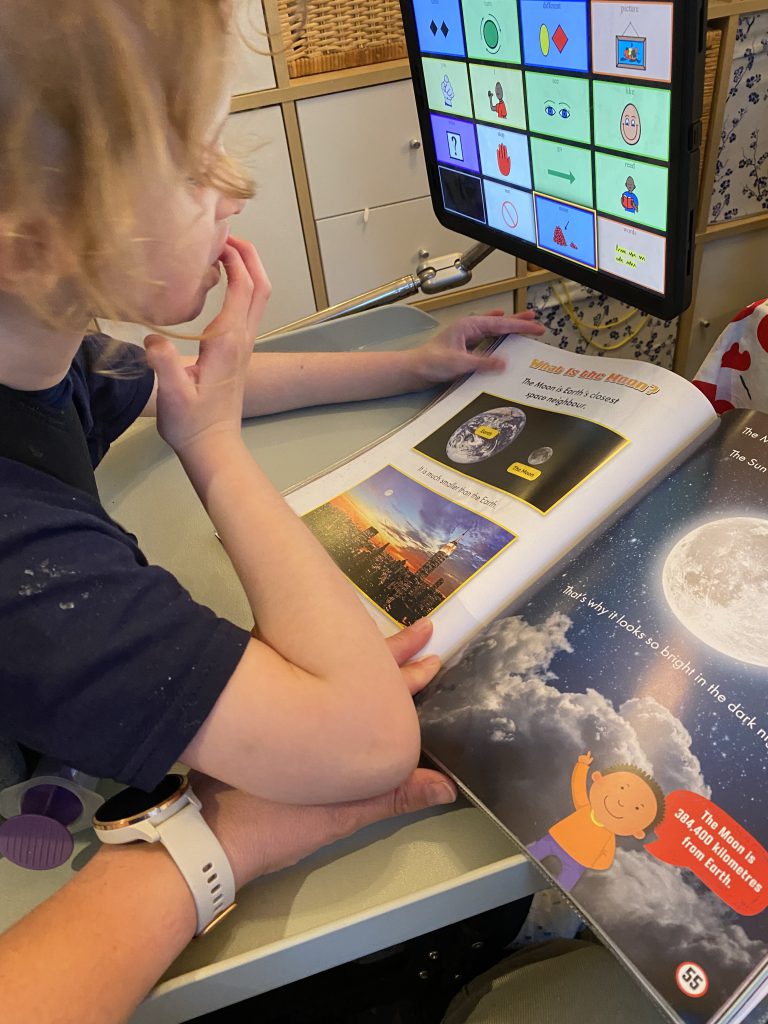
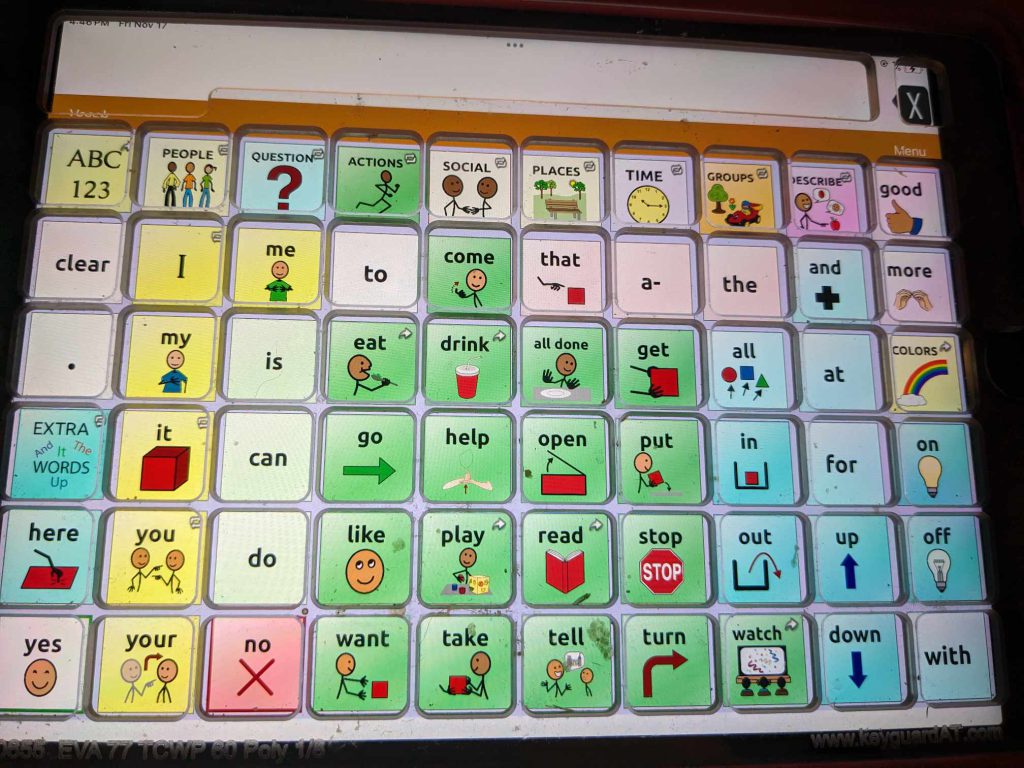
So, unsurprisingly, the things that work for one family don’t work for another, families of and children with Emanuel Syndrome are different and diverse.
There’s one thing I think is true though all people with Emanuel Syndrome need communication partners who are ready to connect, to listen to all types of communication, those with and without words, with and without sound. If those communication partners are ready to listen with their whole person and to the whole person they are with then there will be so many beautiful conversations to be had.
I’m going to leave the final message to April, Adam and Lucy.
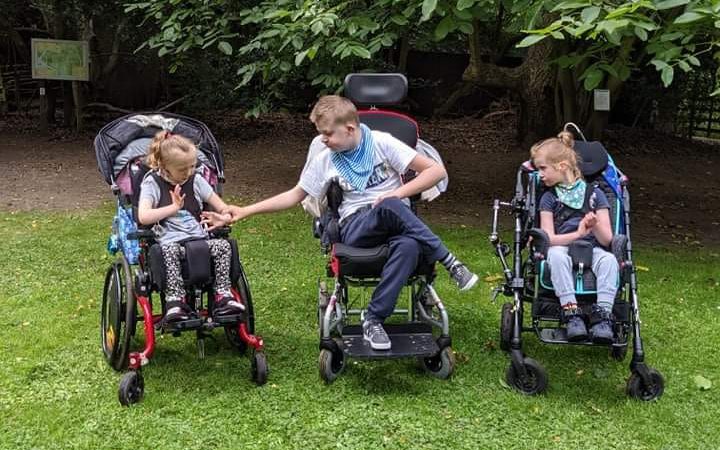
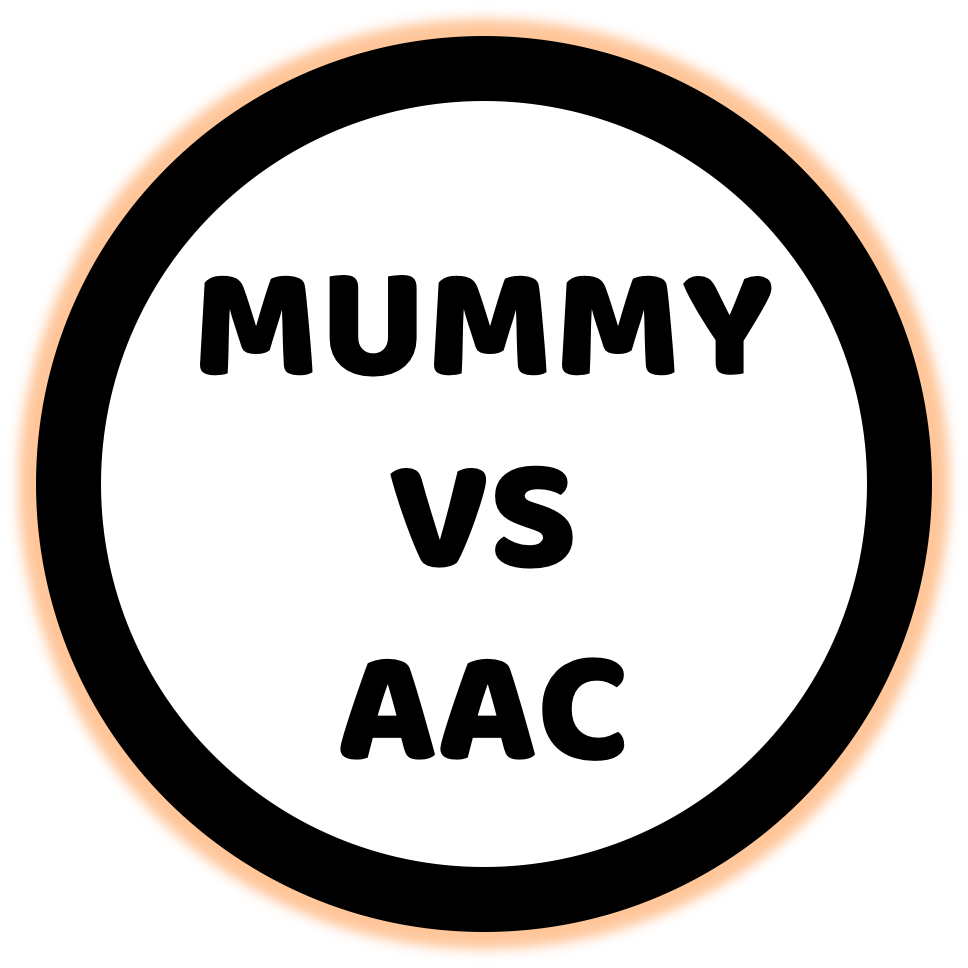
One response
What a beautiful summary of what the knowledge of Emmanuel syndrome has become to me after nine years of knowing Lucy. Thanks, Jo! XX